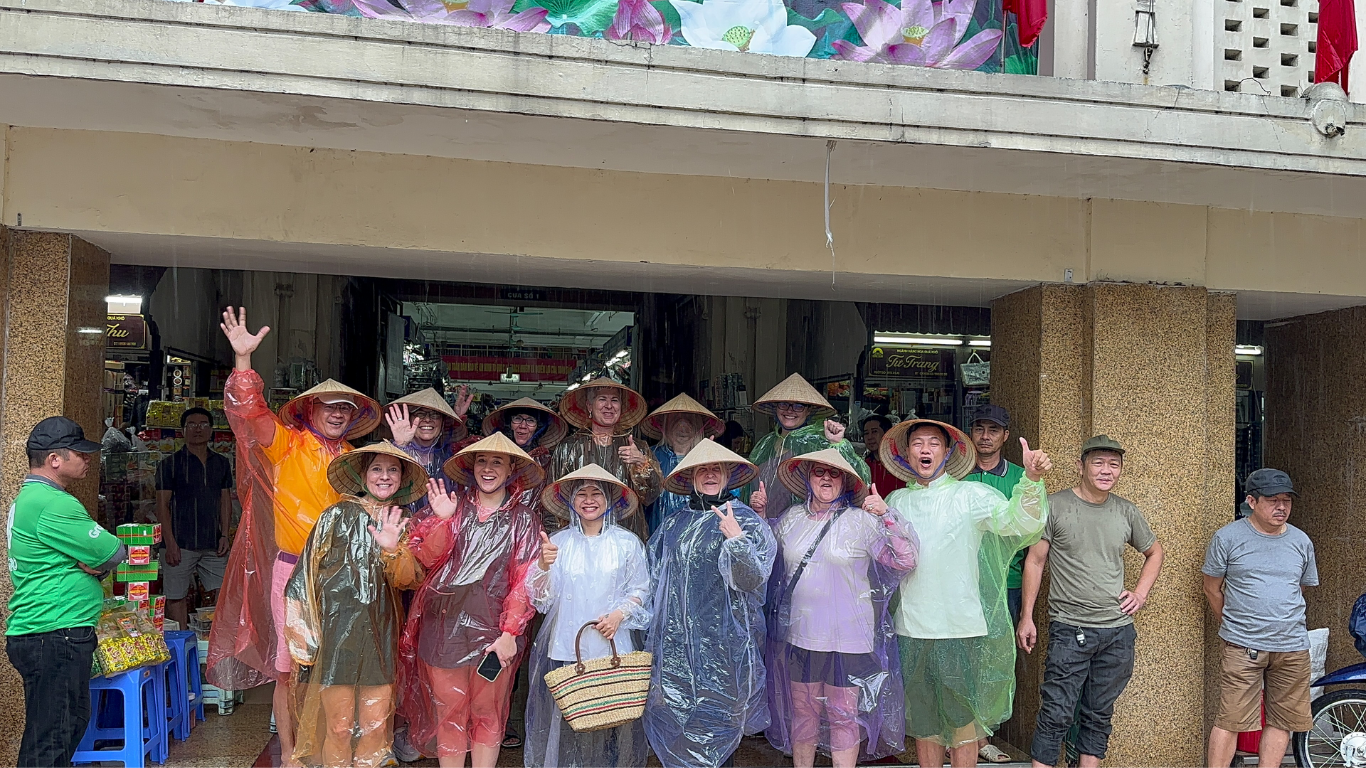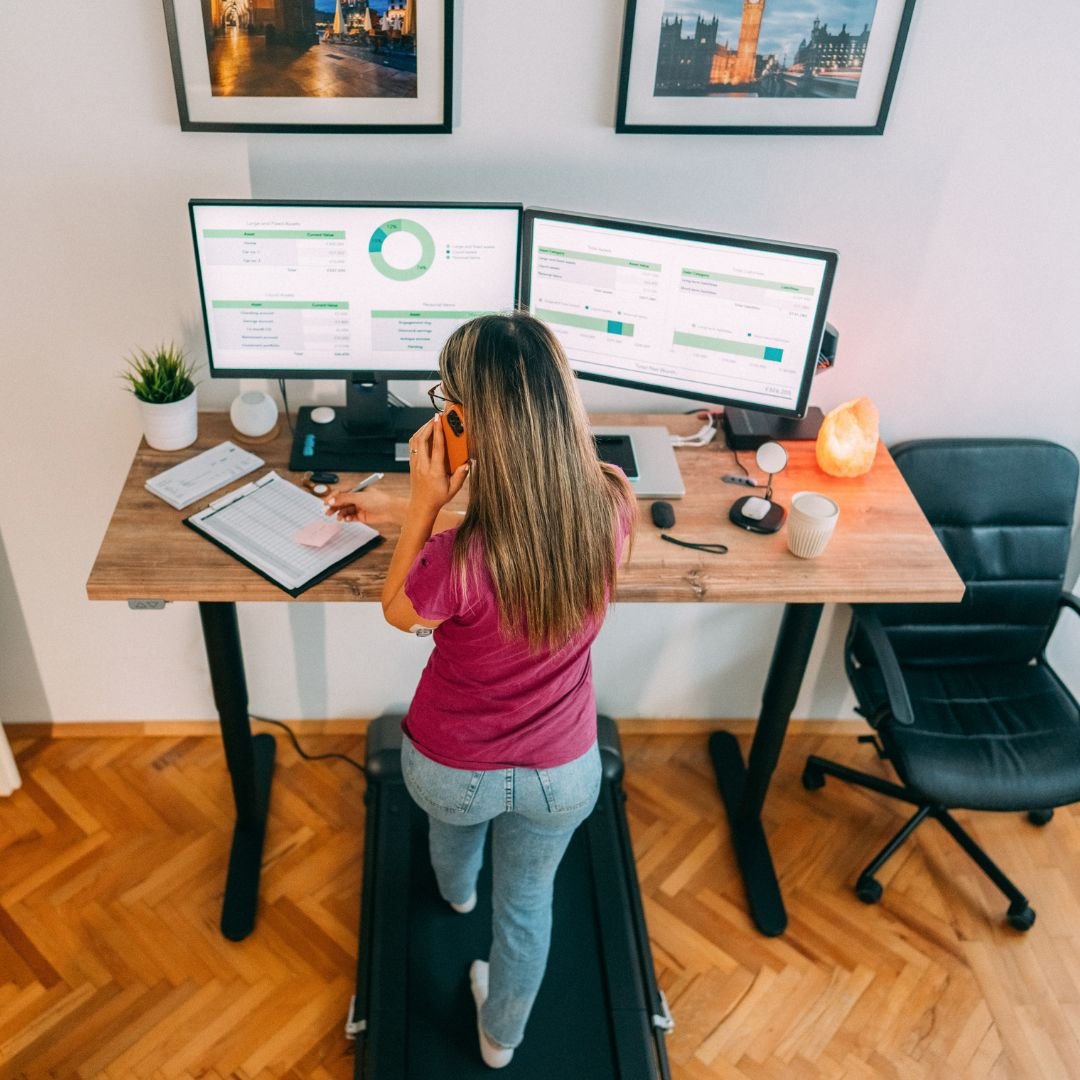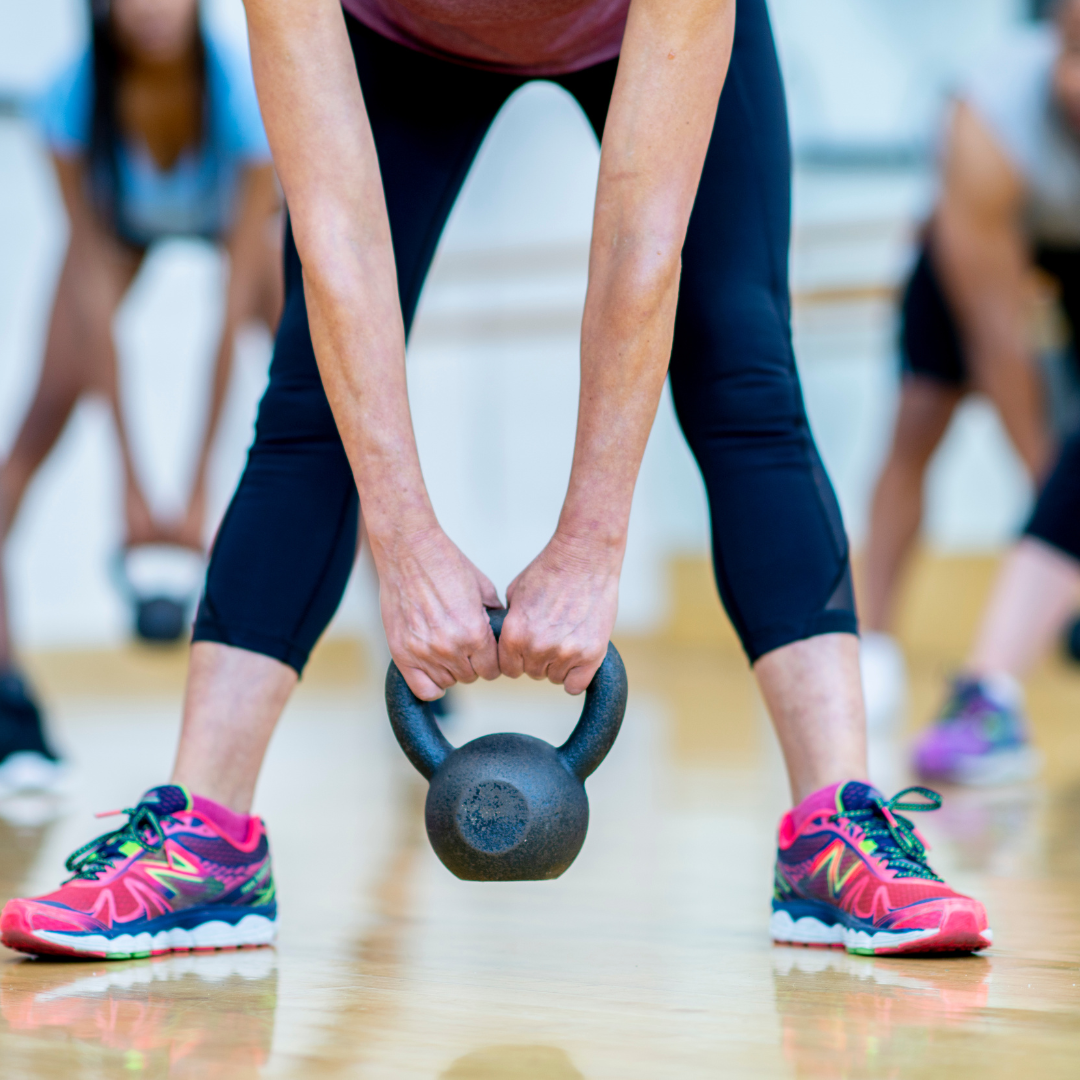Midlife Women: The Caretakers, the Givers, and the Keepers of the Universe
Discover the power of midlife as a time for growth, renewal, and purpose. Explore how women, as caretakers and creators, can shape a new vision for themselves and the world with resilience and wisdom. Embrace your unique journey, redefine your goals, and find joy in each step.
Healthy Plates for Midlife Women: Protein-Powered Eating
Are you looking to maintain strength, energy, and vitality as you age? Discover why protein is crucial for supporting muscle health, managing weight, and boosting overall well-being in your 40s, 50s, and beyond. In this insightful blog post, we break down how much protein you need, the best sources to include in your diet, and simple strategies to help you meet your goals. Learn how prioritizing protein can help you stay strong, energized, and vibrant as you age.
Embracing Joy and Sorrow: A New Year's Resolution to Open Your Heart
As the year draws close, a natural inclination arises to reflect on the journey behind us and envision the path ahead. It's a season of evaluating unmet aspirations, reshaping goals, and crafting resolutions for the approaching New Year. As we navigate the mid-stage of life, the holiday season takes on a distinct significance – a blend of bustling family moments for some and quieter, introspective interludes for others. There is a way to embrace both joy and sorrow this holiday season.
The Profound Dual Purpose of Travel: Lost and Found
Traveling goes far beyond exploring new landscapes and experiencing different cultures; it’s a journey of self-discovery and transformation. In the words of George Santayana, travel is both a means to lose and find ourselves. Beyond the familiar narrative presented in newspapers and media, travel offers a unique perspective that sharpens our awareness, challenges our assumptions, and enriches our understanding of the world.
Lasting Change Unleashed: Discover Essential Techniques to Overcome Challenges and Create a Supportive Environment
Unlock the secrets to lasting change and transformation in midlife. Discover essential techniques to overcome challenges, shift your identity, and create a supportive environment. Dive into this quick tutorial, where you'll learn the importance of a renewed vision, effective strategies to reduce friction, and how to make healthier choices easier. Embrace the steps to sustainable behavior change and unlock the path to a vibrant and fulfilling midlife journey.
Midlife Transitions and Challenges: A Call for a Renewed Vision
You feel a “rumbling” inside yourself that your life should be different from what it is right now. You’re not alone. It’s common to experience an internal rumbling—a feeling something should be different or something needs to change. However, your old identity may be holding you back and sabotaging the future you. You may be stuck in old behaviors that are not aligned with who you are in midlife or who you want to be. It’s time to reimagine your midlife vision!
The Health Condition Almost Everyone Has But No One is Talking About
Only 6.8 percent of Americans had optimal metabolic health. That means 93% of Americans are metabolically unhealthy, and the rest are at risk for developing almost every chronic condition. More importantly, most people don’t even know they’re at risk. The good news is most of your metabolic health is within your control with simple dietary, exercise, and lifestyle changes.
It’s never too late to start.
Is intermittent fasting the key to aging well for midlife women?
You may have heard the buzz that intermittent fasting can help you lose weight easily and live longer. At the same time, you may also be questioning the validity of fasting for aging well and whether to try fasting yourself. We did a deep dive into the literature to help you decide whether intermittent fasting is for you.
Eleven Reasons Strength Training in Midlife Improves Health
Strength training is one of the cornerstone things women can do to improve their healthspan to live vibrantly and energetically for as long as possible. As we age, the body declines first, then disease begins. The best way to offset illness is to prevent the body from deteriorating. And the best way to do that is to maintain muscle mass.
Ditch Fad Diets: Become a Conscious and Intentional Eater in Midlife
Midlife weight gain is one of your biggest challenges, yet you don’t want to jump on another diet fad only to be disappointed again. So what do you do? Start with mindful and intuitive eating strategies to develop an awareness of the relationship between what and how much you eat and your body, feelings, mind, and their interconnectedness. It’s hard to focus on what to eat to live well and flourish unless you can first eat in a way that brings you joy, fills you up, and frees you from the black-and-white diet culture.
Our Tip to Banish the Midlife Blues
Feeling blue in midlife is common. It’s a time of a lot of change in an uncertain world. Creating a list of our accomplishments and successes over the last two years helped us feel grateful, content, and ok. Making this list, reflecting on it, celebrating change, and being grateful, helped us feel better. It served as a reminder that even when things happening in the world around us seems bleak, it’s possible to experience joy.
What Women Can Do to Care for Heart Health After 50
After menopause women's heart disease risk increases. Yet, only 56 percent of women identify it as the greatest health problem facing them today. Learn key ways to take care of your heart after 50 from preventive cardiologist, Courtney Jordan Baechler.
5 Ways to Embrace the Senior Discount
There is no category for midlife between young adults and seniors. Although AARP membership is open to adults 50 years or older and stores senior discounts often begin at 55, midlife women don’t think or feel like senior citizens. Plus, businesses and organizations aren’t effectively talking to midlife women in advertising, marketing campaigns, and customer service initiatives in a way that matches how we feel. This can take a toll on how we think about ourselves as we age. Read more on how to reset your mindset in midlife to age well, and embrace the senior discount!
12 Simple Makeup Tips for Midlife Women
Just like you refresh your wardrobe and update your style, you can use makeup and skincare to reflect your style and personality. Our friends Multi-Media Make-up Artists Amy Marie Reed and Carmelle Eickhoff provided 12 simple makeup tips for midlife women to adjust their routines to feel fresh and vibrant while living well from the inside out.
2022 Galentine’s Day Gift Guide
Rumblings Media is excited to support women-owned businesses with our Valentine’s (or Galentine’s) Day Gift Guide featuring unique items for any woman in your life. This list was curated from recommendations from our Rumblings community, as well as from our personal experiences. We hope you’ll join us in celebrating women in your life by supporting and lifting up amazing and inspiring entrepreneurs, makers, and small businesses by shopping female-owned whenever possible!
Take Steps to Reignite Yourself After 50
In 2018, we recognized our careers were at a tipping point. Were we going to keep climbing the career ladder at the expense of our personal lives, social lives, and families? No, we were longing for change. Check out the six actions we took to leap past our fears, reignite, and create a life aligned with our values after 50.
10 Ways to Empower Women Right Now
When we help one woman we lift up all women. Discover 10 easy and doable ways to empower women right now from Jane Finette’s recent book Unlocked: How Empowered Women Empower Women. Change starts by taking one action with another person for the sake of all women. The opportunity is great and is now!
Together We Live Well and Flourish After 50
Living well and flourishing after 50 is achievable! We're proving when women come together to learn, connect, and inspire one another we thrive. We're grateful to you for believing in this mission and committing to live your best life. Take a few moments this holiday season for you. Reflect, realign, and get ready to RUMBLE into 2022.
Top 7 Tips for Successful Multigenerational Travel
Over time, and through trial-and-error, we’ve discovered our top seven tips for successful multigenerational travel. Whether you are planning a trip with family or friends representing different generations, use one or more of these seven strategies for a frictionless fun-filled trip.
5 Lessons from A Fashion After 50 Event to Inspire Midlife Women
Over 200 midlife women attended a Rumblings’ Fashion Week MN event. It was an enormous undertaking and a departure from our previous events and outside our ‘self-defined expertise.
Planning the event and meeting new amazing women was fun and exciting. The immediate excitement of the event has ebbed. What hasn’t faded is the energy and new way of thinking and self-discovery from doing something different, a bit scary, but a lot of fun!
Aside from the new friends we met and all we learned about fashion, business, and ourselves, several takeaways will inspire us as we plan future events. We hope it will inspire you to continue to learn, connect, and empower other women so that we can all flourish in midlife.
Don’t miss a blog post - sign up for the Rumblings emails to receive posts delivered straight to you email inbox!




















